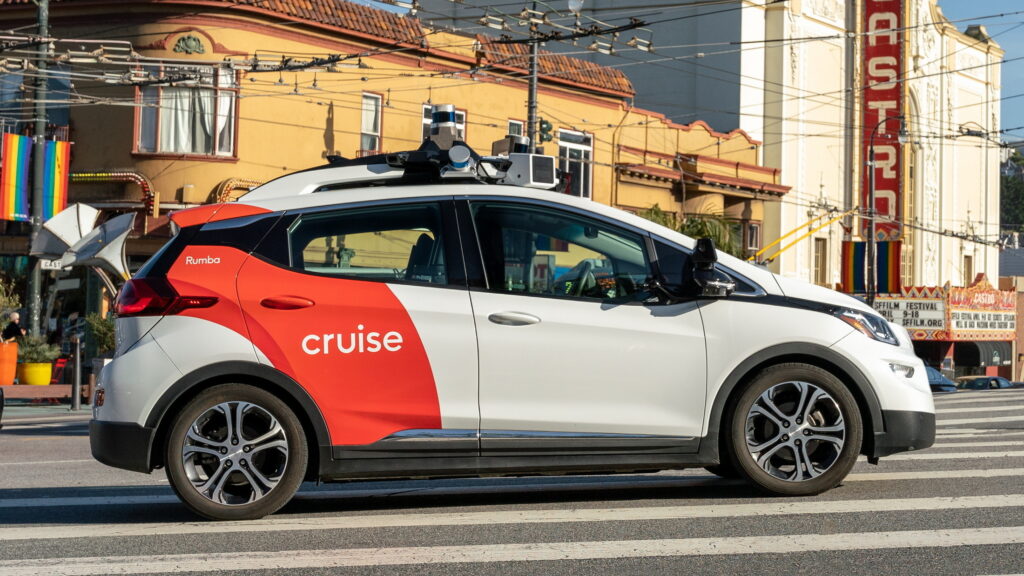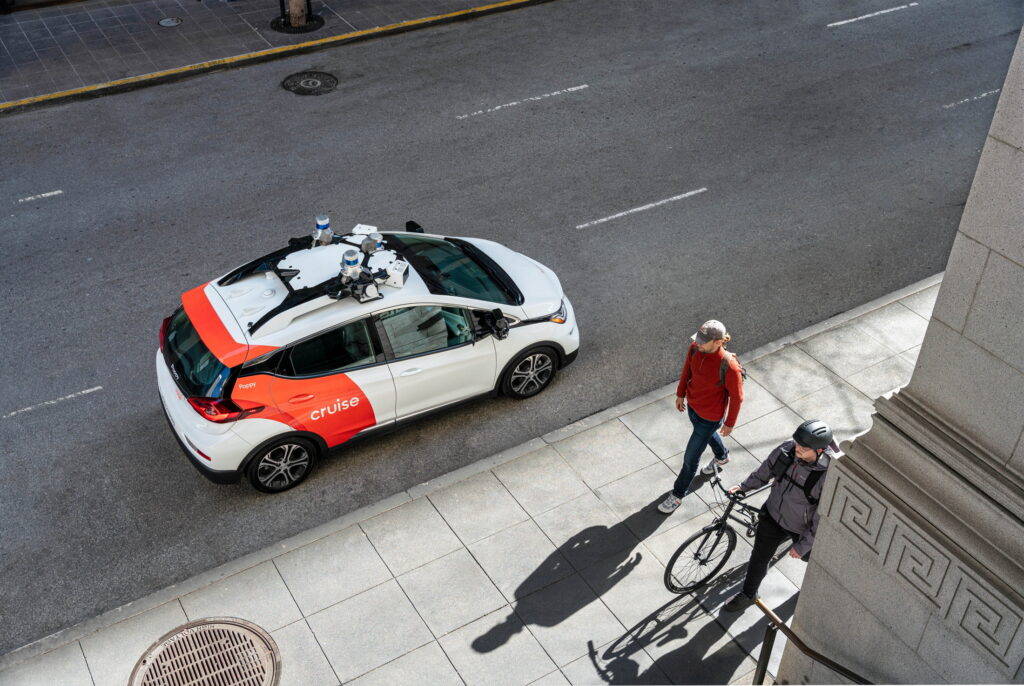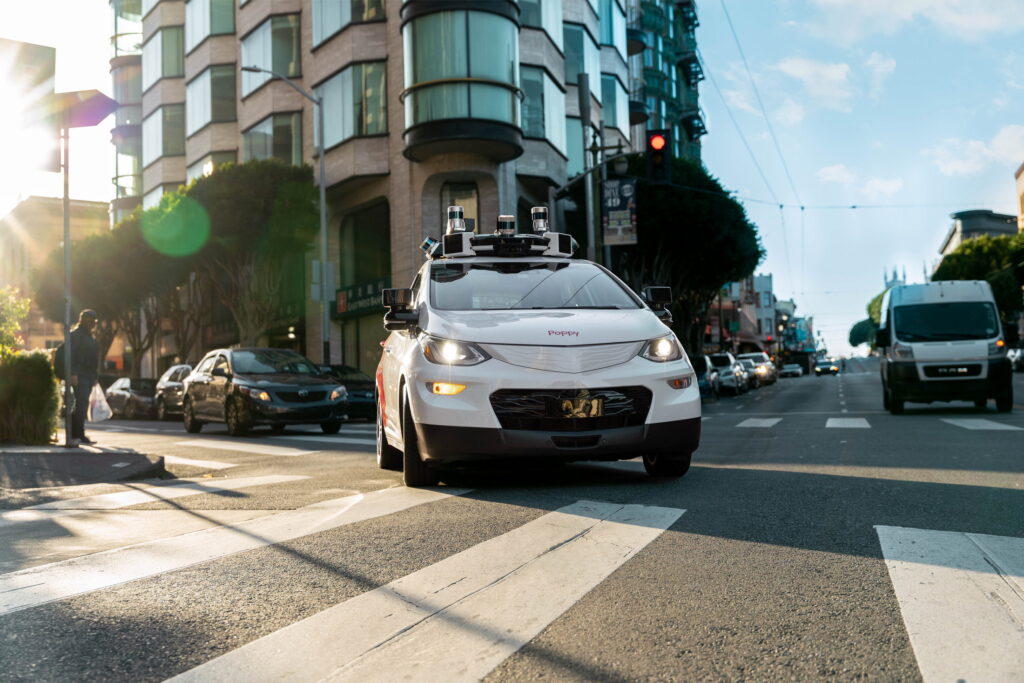Cruise’s autonomous vehicles have been irritating first responders for a while now, and in August, one hit a fire trucks, prompting 11 updates to the way they react to first responders
October 16, 2023 at 15:02
 –>
–> 
–>
While General Motors’ autonomous vehicles subsidiary, Cruise, has been expanding to more and more regions, and gaining more legislative freedom, some have raised concerns. In particular, first responders have raised alarm bells after several awkward, disruptive, and dangerous run-ins with driverless cars. Now, Cruise says it has programmed a solution.
“We recognize the unique challenges first responders may face when interacting with an autonomous vehicle that has no driver present,” said Cruise. “We strive to be a good partner, and leverage our technology to help support those who serve the community.”
The company has outlined 11 changes to its vehicles’ programming that will help them, starting with slowing down 70 percent of the posted speed limit when they hear a siren. In addition, the vehicles will start slowing down sooner, to ensure that they don’t get in an emergency vehicle’s way.
advertisement scroll to continue
In addition, the vehicles will be trained to better predict whether an emergency vehicle is likely to continue through an intersection, even if the light is red. This update follows an August 17 incident, in which one of its vehicles drove through an intersection with the green light, but crashed into a fire truck. Although Cruise said at the time that the vehicle noticed the sirens, it said that the intersection was tricky, causing it to crash all the same.
Read: California DMV Cuts Cruise’s San Francisco Fleet In Half Following Two AV Crashes In Single Night

Moreover, Cruise vehicles will now be able to find better places to pull over if they have to stop in an intersection, and will also have better audio detection for sirens. The company says that it is also working more closely with emergency services to help them alert it to emergency situations. That includes email alerts from first responders, and the ability for dispatch to call it 24/7 to alert it to areas that it should avoid.
Meanwhile, once the emergency vehicles have reached their destination, Cruise vehicles will be able to recognize an emergency from farther away. They will also be able to detect emergency tape and fire hoses, something they haven’t been great at up until now. At the same time, Cruise has worked on its AVs’ ability to pass double-parked emergency vehicles to keep them from backing up traffic.
Cruise admits that “there may be times when unique and unpredictable situations are unavoidable.” To that end, it is improving remote assistance advisors’ abilities to help clear scenes faster. That includes allowing them to move a vehicle where a law enforcement officer tells them to go, and allowing first responders to manually move the vehicle out of the way.
“Through continued training with law enforcement, firefighters, and EMS we can leverage our cooperative relationship to educate and receive feedback,” wrote Cruise. “Our goal is to enhance the AV’s responsiveness in various emergency situations and ensure clear understanding and predictability of the car’s behavior.”


